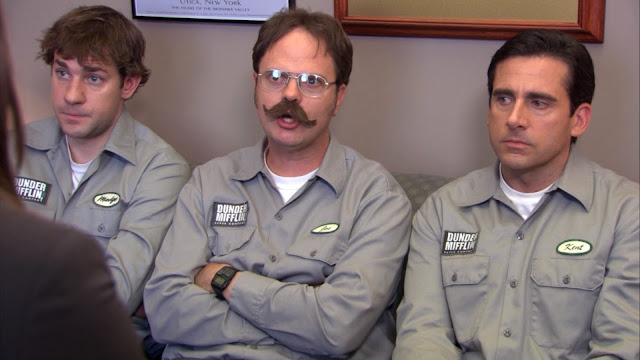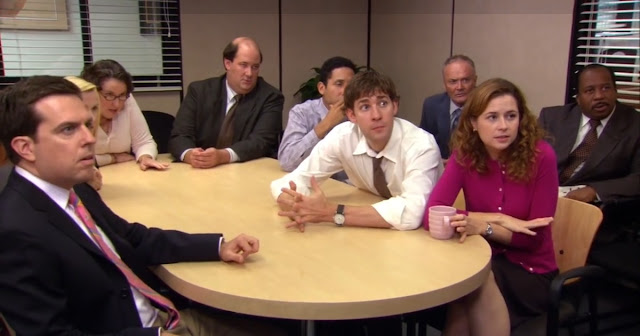VIDEO: 2 Ways to Handle Conflict at Work

Here are two pieces of advice that have helped me when I'm in a tight spot No matter how hard or conscientiously we work, conflict at work is unavoidable. Here are two pieces of advice I have found especially important when you are in a tight spot. The first piece of advice is from one of my career mentors, and it is: d on’t offer feedback unless you have been specifically asked to do so. This was a hard one for me to learn. Aren’t people always looking to improve? Isn’t sharing ideas and thoughts a way to show you are engaged and bring something to the table, especially if the answer is like , so obvious? Unfortunately, the answer for the former question, aren’t people and organizations always looking to improve —is often no, or they do not have the infrastructure in place to deal with feedback. And as for your feedback making it look like you’re keen and come with good ideas, it can often be seen as presumptuous or uninformed. Additionally, at least according to Dr. Tasha Eu







